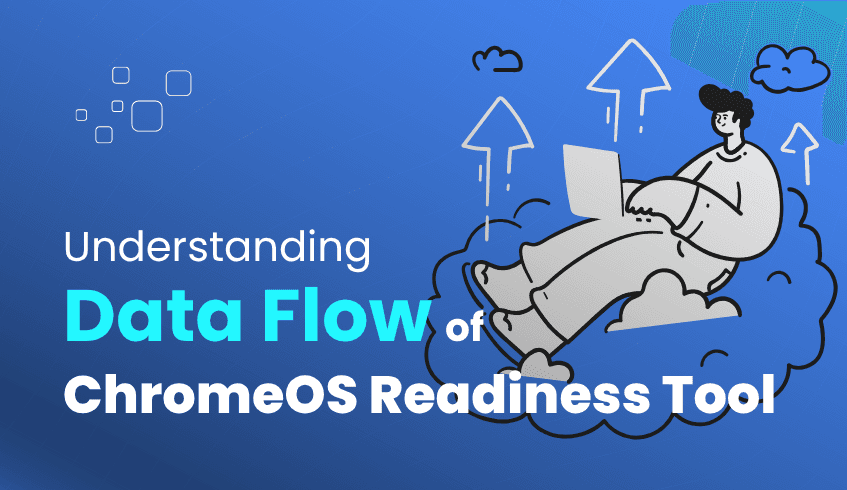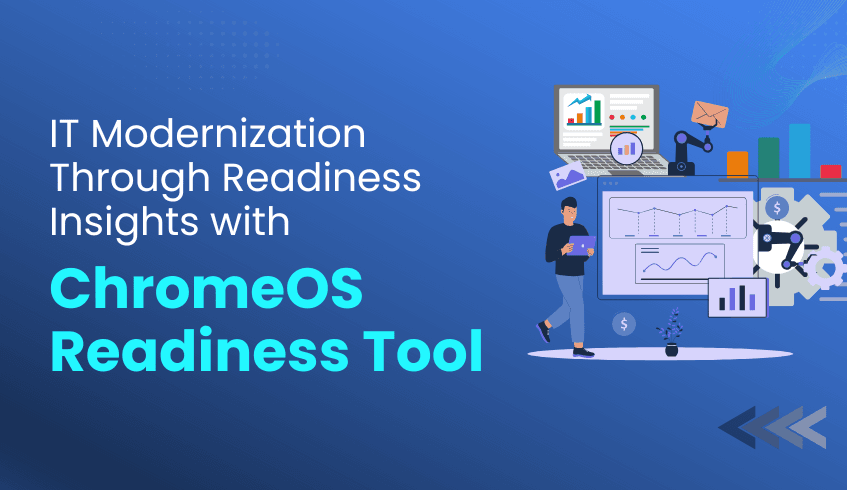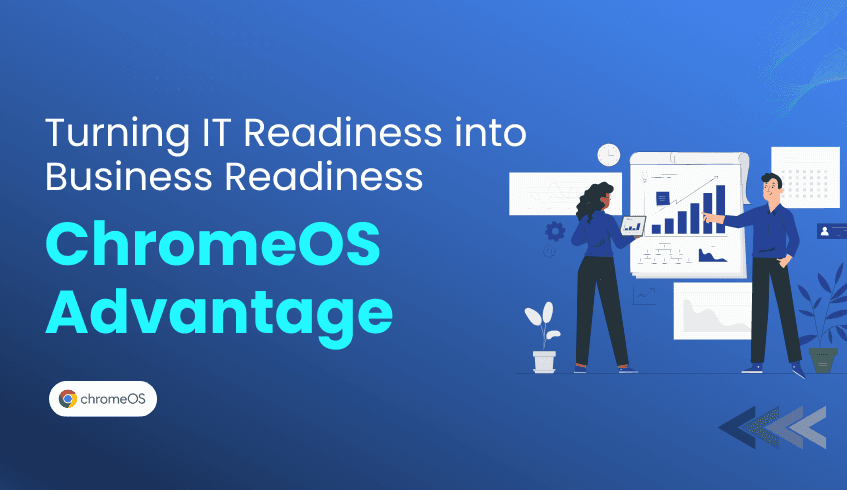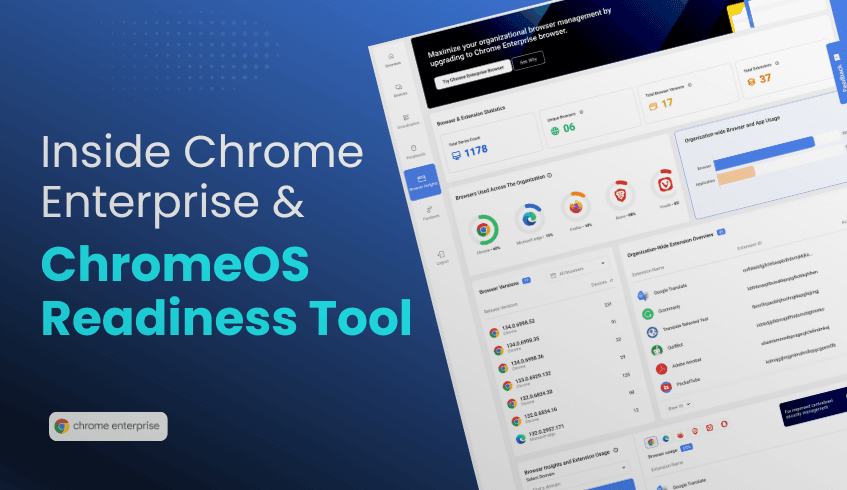
Understanding the ChromeOS Readiness Tool’s Data Collection and Uploading Process
As more organizations embrace cloud first strategies, ChromeOS is becoming a compelling choice for secure, cost-effective, and agile IT environments. But a successful transition starts with understanding your current setup, and that’s where the ChromeOS Readiness Tool steps in.
This intelligent tool evaluates your environment across applications, devices, and peripherals to generate insights that help you plan a smooth migration. Here's a breakdown of how it collects, manages, and secures your data throughout the process.
Data Collection: Behind the Scenes
Once deployed, the ChromeOS Readiness Tool begins silently collecting data from the devices in your environment. Here's how it works:
Tray Icon & Status Monitor: On each client device, the tool runs in the background as a tray icon. A status monitor ensures both the data collector and data service remain active, automatically restarting them if needed.
Application Tracking: The data collector focuses only on the usage of the applications used in the device and a predefined list of background apps. It logs their start and stop times without interrupting the user experience.
Enterprise Flow Consideration: If you're using the Enterprise Flow, data collection starts approximately 90 minutes after deployment, once Group Policy settings are applied and the device is restarted.
PowerShell Flow Consideration: Users should utilize a UEM solution to deploy the installation package and install the data collectors on client machines.
Temporary Storage: All collected data is first saved locally on each device. If a device is powered off during collection, the data won’t upload until it's back online.
This phase continues for the duration you set during deployment and culminates in a detailed readiness report generated from the collected data.
Data Uploading: Storage Options That Fit Your Infrastructure
Once collection is complete, the data service prepares and uploads the logs to your chosen storage location. The tool supports flexible options depending on your deployment type.
Enterprise Flow
Data can be stored in a network shared folder within your on premise infrastructure.
If GCP Cloud Storage is also enabled (or required by Pro/Partner usage), data is stored both in the cloud and in the shared folder.
To use GCP storage, you’ll need to grant the Storage Object Admin role to the provided service account in your GCP project.
PowerShell Flow
Data is uploaded to a GCP Cloud Storage Bucket only. Network shared folders are not used.
This flow is optimized for organizations without Active Directory and comes with Pro Dashboard access by default. The Partner Dashboard is also available if deployed by a service provider.
From Raw Logs to Actionable Insights
Once uploaded, the data powers the report generator that presents your orginization’s readiness status in a clear and structured way. This includes:
Organizational & Company Readiness: See overall readiness at a glance, including company/domain-level stats, device distribution, and readiness percentages.
Device-Level Insights: Dive into each device’s readiness status,such as Ready to Switch,Ready with Verification and Blocked from Switching.
Application Compatibility: Understand the number of apps which are Chrome Ready, Possibly Ready, or blockers for each device within the organization.
Exportable Reports: Download raw data in Excel format for deep-dive analysis on devices, applications, and peripherals along with the capability to download an executive summary of the report as a pdf.
With these insights, IT teams can plan and prioritize migration actions confidently, backed by real world data.
Conclusion
The ChromeOS Readiness Tool is more than just a scanner, it’s a strategic enabler. Its robust data collection, secure handling, and flexible storage architecture ensure your transition to ChromeOS is grounded in accurate insights and ironclad security.
By understanding how your data is collected, stored, and secured, you can deploy the tool with confidence and take the first step toward a modern, cloud-native IT environment.




